SA bacterium can make gold nanoparticles
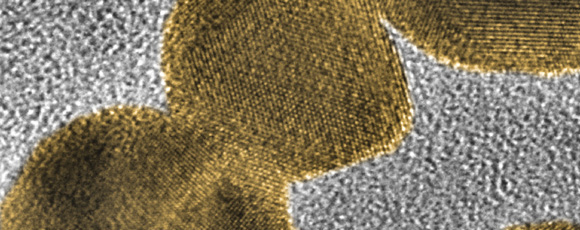
Image source: Shutterstock.
Scientists at Mintek, in collaboration with the University of the Free State, have identified a South
African bacterium with the biological machinery to produce gold nanoparticles.
The bacterium, a thermophilic creature known as Thermus scotoductus SA-01, was found in a local goldmine, 3.2km below the surface. It accumulates a
range of metals, including chromium, copper, iron and gold.
When researchers grew the bacterium in a solution containing a gold chloride salt, it produced gold nanoparticles of various sizes. Next, they identified and
extracted the protein responsible for making the nanoparticles, in the hope that it would maintain its function in an artificial environment.
It did so, but when researchers tried to control the shape and size of the nanoparticle products by changing the overall conditions (temperature, pH, gold
concentration), they were only partly successful. Ultimately, it proved impossible to obtain a pre-defined nanoparticle shape and size by altering those conditions.
However, this research has opened up several new possibilities for the local manufacture of gold nanoparticles, which have applications in optics, electronics
and medicine.
Read the full study
_____________________
Breakthrough in TB diagnostics for high-burden settings
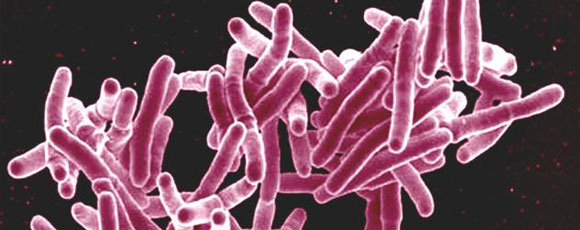
Image source: NIAID on Flickr.
Existing diagnostic tests for Tuberculosis (TB) can be expensive, not very sensitive, time-consuming and may be unable to differentiate between latent TB
infection (the virus is present but there are no disease symptoms) and active TB disease.
New diagnostics that overcome these limitations are desperately needed, particularly in resource-constrained settings.
Stellenbosch University researchers, in collaboration with scientists at the Leiden University Medical Centre, Netherlands, have taken a first step towards
this.
Previously, the team devised a simple test to detect markers for TB infection after seven days of culturing whole blood samples taken from TB patients. Now,
they’ve shown that these markers can in fact be detected after just 24 hours.
They also identified a particular combination of 4 markers that show the presence of TB with high accuracy. These markers are classified as cytokines, which
are signalling proteins. In this case, the 4 cytokines identified as markers are produced by the body in detectable quantities during TB infection.
Importantly, this new diagnostic approach would be able to distinguish between latent and active TB, and may be cheaper to apply in rural areas than current
options. Going forward, researchers will need to confirm these significant preliminary findings in a larger, more comprehensive study.
Read the full study
_____________________
Bioreactor cleans chromium-contaminated water
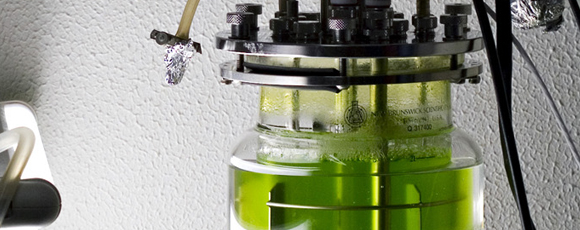
Image source: kaibara on Flickr.
Groundwater contamination with hexavalent chromium (Cr6+ ions) has been associated with birth defects, reproduction problems and cancer in humans. Treatment of
the water usually relies on the use of additional toxic chemicals, followed by disposal in a landfill site.
In an attempt to help solve this problem, a research group at the University of the Free State has developed a novel industrial-scale bioreactor process for
cleaning chromium-contaminated water. The technology was tested on water contaminated by industrial activity at a dolomite stone mine in Limpopo.
First, researchers introduced bacterial communities from the Cr6+-contaminated area into a bioreactor under the right conditions to encourage their growth.
Next, contaminated water was passed through the reactor, and, over time, the bacterial communities stabilised into a biofilm that could convert more than 95% of
Cr6+ into the more stable and non-toxic Cr3+ ion.
The bacterial community was made up of a number of well-known species, as well as several unknown varieties. Besides the toxic chromium ions, this biofilm was
also able to remove other common contaminants such as nitrates and sulphates.
The entire process was scaled up into a 24 000 L bioreactor that operated continuously at the contaminated site, producing contamination-free water for reuse.
This is the first time a bioreactor for chromium decontamination has been successfully implemented in South Africa.
Read the full study
_____________________
New field of wound-healing gels targets toothache
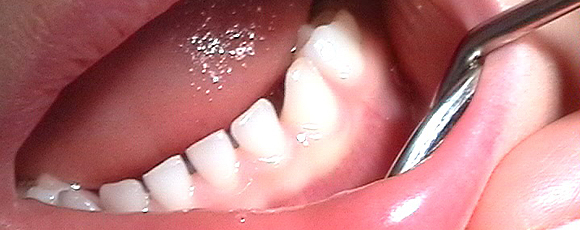
Image source: Wikimedia Foundation.
Researchers at the University of the Western Cape, in conjunction with institutions in Australia and China, have developed a gel to treat toothache.
The gel is designed to bind to dentine, the soft substance found in our teeth underneath the outer layer of enamel.
It is mainly comprised of chitosan (a polymer) and vitamin C, but a number of other substances, such as propolis (an antioxidant), aspirin (a non-steroidal
anti-inflammatory) and ibuprofen (an analgesic) are also incorporated.
The vitamin C and propolis improve the release of the pain-killers, while chitosan enhances the antioxidant effect of the vitamin C.
Researchers found that the gels bonded strongly to dentine for up to six months, and are stable in long-term storage. This work provides early evidence that
multi-functional wound-healing gels are a promising area for further research.
Read the full study
_____________________
Novel rapid test for diarrhoea-causing E. coli
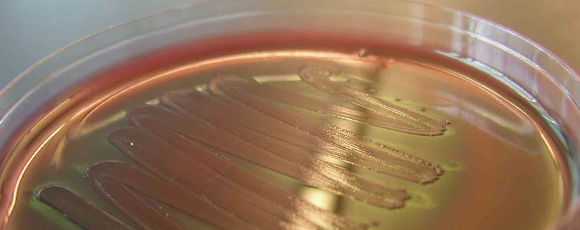
Image source: RDECOM on Flickr.
The Water and Health Research Centre at the University of Johannesburg has developed a simple new method to test for the presence of Escherichia coli
(E. coli) bacteria in water.
After screening hundreds of water samples from all over South Africa, they determined that the test can successfully identify pathogenic E. coli,
which pose a threat to human health and could indicate the presence of other intestinal pathogens and parasites. It is also able to detect non-pathogenic
varieties of the bacteria.
The test is based on a 1-step technique known as multiplex polymerase chain reaction, or MPCR, which works by amplifying genetic material specific to the
E. coli, to the point where it can be easily detected.
MPCR is a rapid and cost-effective option for routine analysis, especially in regions where the more expensive microarray biochip option is not feasible.
It is also easy to perform, requires minimal specialised equipment and training, and can yield same-day results for the quick response needed during diarrhoeal
outbreaks.
Read the full study
|
|